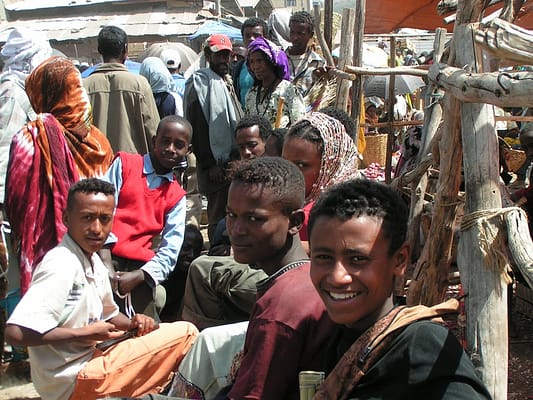
11 must-see places on a trip to Ethiopia
A trip to Ethiopia, a country twice the size of France, is a unique adventure that can take on many facets, as the country abounds in diverse landscapes! Here are, among many others, 11 sites or places to see, depending on the regions you will be staying in.


















